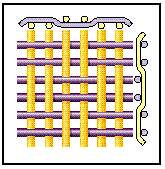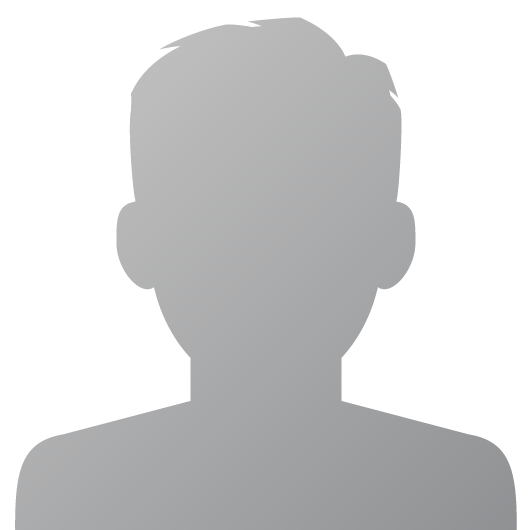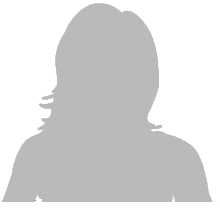Company Blog
Products for Filtration, Separation, Sifting and Printing
Printer Guidebook---Screen Mesh 4
- Font size: Larger Smaller
- Hits: 8014
- Subscribe to this entry
- Bookmark
Weave structure
Plain weave versus twill weave.
With plain weave, each thread goes under one perpendicular thread and over the next. With twill weave, a given thread follows an under-one/over-two pattern.
Mesh counts higher than 305 may be woven with plain or twill patterns. Twill mesh typically deposits more ink than the same or even a lower mesh count of plain weave.
 You may find high mesh counts in either plain or twill weave (shown at right). Plain is recommended because of the unpredictable moire patterns twill can cause.
You may find high mesh counts in either plain or twill weave (shown at right). Plain is recommended because of the unpredictable moire patterns twill can cause.
Much more important to the textile printer, though, is the odd effect twill has on halftone dots and moiré patterns. Since twill is an irregular weave, it creates an irregular pattern that can show up more readily than that of a plain weave, especially in terms of edge definition.
Use a microscope and look for weaving that is one-over/one-under, instead of one-over/two-under. Double check meshes over 305, just in case your supplier made a labeling mistake. Check your suppliers' catalogs and look for "PW" or "TW," or ratios such as 1:1 an 1:2 in the specifications.
The reason it is important to correctly identify the weave structure is because we textile printers are much better served by plain weave. It will be more expensive, but buy it anyway.
Mesh color
Dyed mesh inhibits light scatter, but prolongs exposure duration.
By the time we reach the exposure step, the stencil is a combination of mesh encapsulated by stencil material. Since exposure light must pass through the mesh, it plays an important role in image quality and durability. Ultra-violet (UV) exposure light reflects off of and travels through (linearally) white mesh threads. This is called undercutting, light scatter or halation. Shortening the exposure can reduce such undercutting, but has the disadvantage of rarely hardening the stencil enough for durability on the press.
Colored mesh (dyed at the factory in yellow, amber, gold, orange, red and so on) has been carefully balanced to absorb UV exposure light so it doesn't get a chance to bounce around in the stencil (by reflecting off the threads or traveling along them). For this reason, dyed meshes are sometimes called "anti-halation" meshes. Their disadvantage is that they require a longer exposure time.
Accordingly, if you switch from white to dyed mesh, don't rely on the exposure guide you've been using; your work will be underexposed. You must do a new exposure test using dyed mesh.
Colored mesh is only recommended for counts of 200 and higher, because fine detail is rarely attempted with counts under 200, and the extra exposure time is rarely worth the effort.
Orange and yellow are the most common dyed colors, offering a compromise between anti-halation characteristics and lengthened exposure times. Red is thought to be the most effective, but is rarely used because of its huge increase in exposure time-generally many times more than it is worth.
Last modified on




